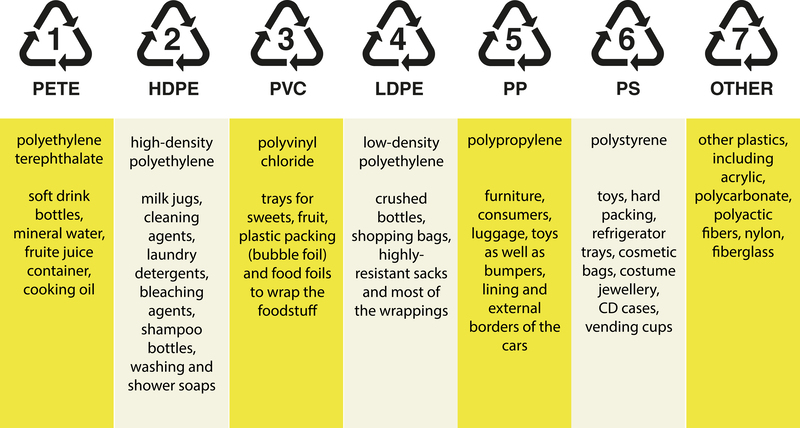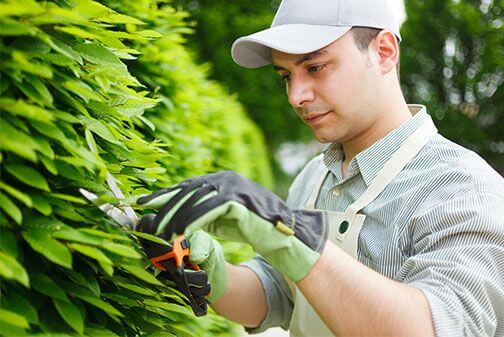Green Waste Mysteries Revealed: 6 Facts
Posted on 02/11/2024
As our planet faces increasing environmental challenges, responsible waste management practices have become more critical than ever. One area that often goes under the radar is green waste--organic waste derived from plants and biodegradable garden materials. While many understand the basics, there are several intriguing and important aspects of green waste that remain a mystery to the general public. This article seeks to demystify green waste by presenting six significant facts.
What Exactly is Green Waste?
Green waste includes grass clippings, leaves, branches, flowers, and other organic garden and household materials. Unlike regular trash, green waste is biodegradable and can be composted efficiently to produce nutrient-rich soil conditioner known as compost. Understanding the importance of separating green waste from other types of waste is crucial for effective waste management and environmental conservation.

The Importance of Composting Green Waste
Composting is an effective way to manage green waste. When green waste decomposes in landfills, it generates methane--a potent greenhouse gas significantly more harmful than carbon dioxide. By composting green waste, we not only mitigate this environmental threat but also produce valuable organic material that can enrich soil and promote healthier plant growth. This process recycles essential nutrients, reduces landfill use, and contributes to a circular economy.
Green Waste Collection Services
Modern waste management systems often include green waste collection services. These services are designed to make the separation and recycling of green waste more convenient for households and businesses. Depending on your location, you may have access to curbside green waste pickups or drop-off points. Utilizing these services ensures that green waste is appropriately processed and diverted from landfills, thereby reducing its environmental footprint.
The Role of Green Waste in Soil Health
Green waste composting plays a significant role in maintaining and improving soil health. Compost from green waste is rich in organic matter and essential nutrients such as nitrogen, phosphorus, and potassium. When added to soil, it enhances its structure, boosts its water retention capacity, and supports the growth of beneficial microorganisms. These benefits contribute to robust plant health and rather resilient agricultural systems, capable of better combating pests and diseases.
Green Waste as a Renewable Energy Source
Besides composting, green waste can also be harnessed for renewable energy production. Through processes such as anaerobic digestion, green waste can be converted into biogas--a renewable energy source that can be used for electricity and heating. Anaerobic digestion is a process where microorganisms break down organic material in the absence of oxygen. This method not only produces biogas but also results in a nutrient-rich digestate that can be used as a fertilizer, thus providing a sustainable cycle of energy and nutrients.
Challenges and Solutions in Green Waste Management
Despite its benefits, managing green waste comes with its own set of challenges. Contamination of green waste with plastics or other non-biodegradable materials complicates the composting process and reduces the quality of the final product. Educating the public on proper green waste disposal and ensuring stringent collection standards are key measures to tackling these challenges. Additionally, innovative technologies and methodologies in composting and energy recovery are constantly being developed to enhance green waste management efficiency.
Educating the Public
Education is paramount in ensuring that green waste is disposed of correctly. Efforts should be made by local governments and environmental organizations to educate the public about what constitutes green waste and the proper way to dispose of it. Campaigns, workshops, and accessible resources can greatly enhance public awareness and participation in green waste management programs.
Technological Innovations
Advancements in technology have transformed green waste management. For example, innovations in composting techniques, such as in-vessel composting and windrow composting, have improved the efficiency and scalability of compost production. Additionally, developments in anaerobic digestion technology have made it possible to produce biogas more efficiently, expanding the potential for green waste as a renewable energy source.

Sustainable Landscaping with Green Waste
Green waste can significantly enhance sustainable landscaping practices. By using compost produced from green waste, gardeners and landscapers can enrich soil without the need for synthetic fertilizers, which often have adverse environmental impacts. Mulching with green waste materials like leaves and grass clippings can help retain soil moisture, suppress weeds, and gradually improve soil structure over time. This not only creates a more sustainable and eco-friendly landscape but also reduces the amount of green waste that needs to be removed from the property.
Green Waste and Carbon Sequestration
Another compelling aspect of green waste management is its role in carbon sequestration. Composting green waste helps sequester carbon in the soil. The organic matter in compost stores carbon that would otherwise be released into the atmosphere as greenhouse gases if the waste were to decompose anaerobically in a landfill. This process helps mitigate climate change by reducing carbon dioxide levels in the atmosphere. Moreover, the enhanced soil structure and fertility resulting from compost use contribute to higher plant productivity, further sequestering carbon through photosynthesis.
In conclusion, green waste management is an essential component of sustainable living and environmental conservation. From composting to renewable energy production, the effective management of green waste offers numerous benefits, including reduced greenhouse gas emissions, improved soil health, renewable energy generation, and enhanced sustainability in landscaping practices. By understanding and acting on these green waste mysteries, we can contribute significantly to a healthier, more sustainable planet.










